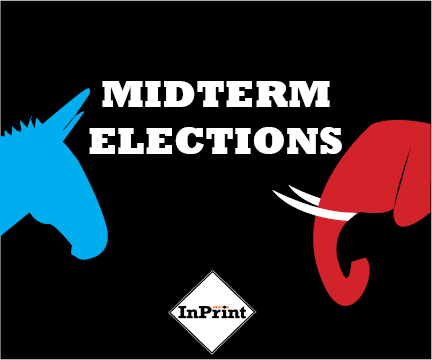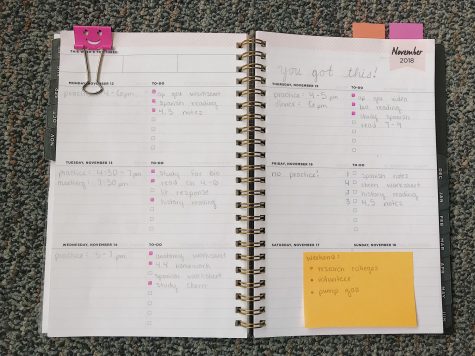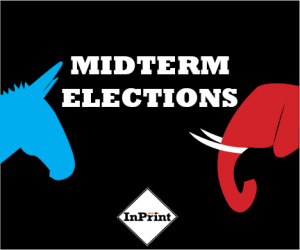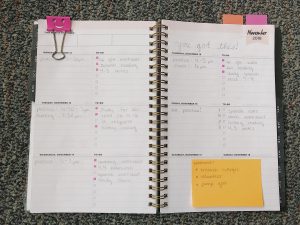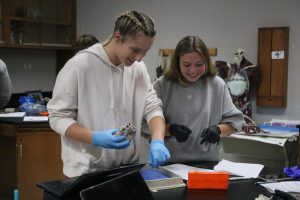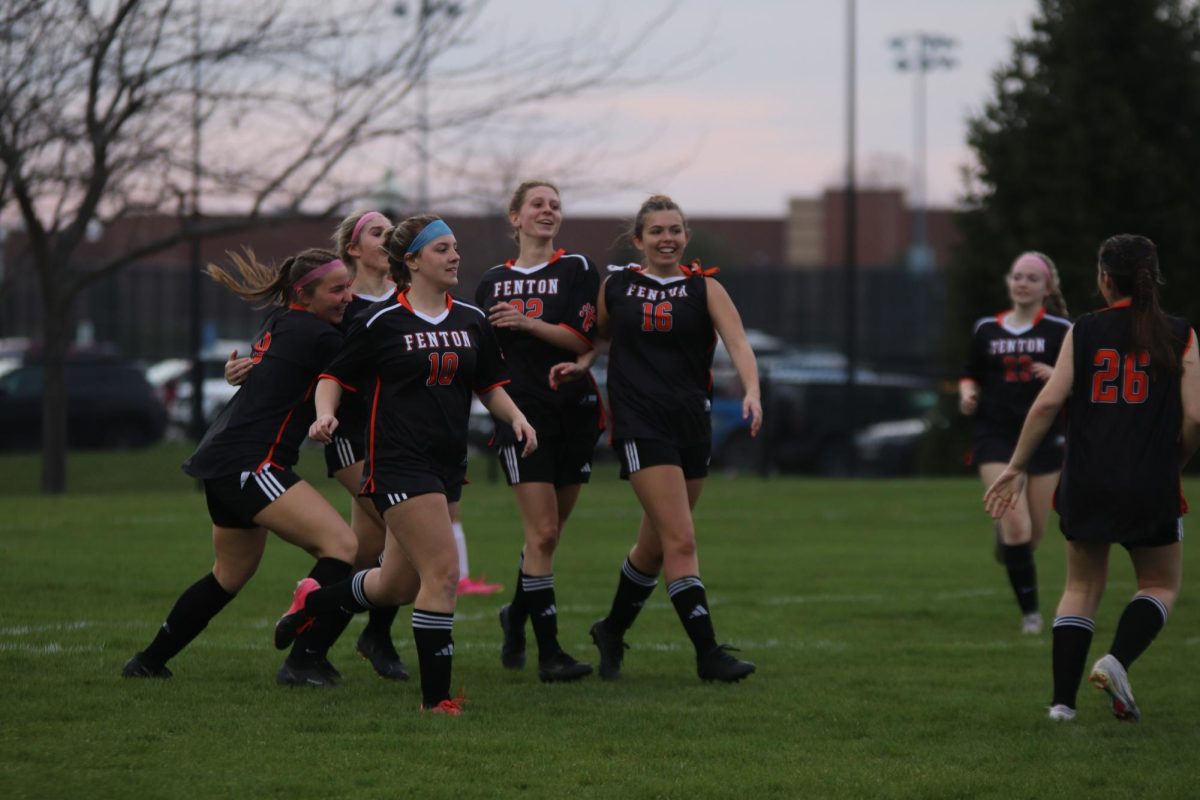Victims of microaggressions talk about their experiences
November 27, 2018
Blatant acts of hatred can be seen everywhere—the synagogue shooting on Oct. 27, Swastikas being painted on buildings in Holly—but sometimes, bigotry is disguised in everyday slights of hostility that alienate people of a certain group, also known as microaggressions.
“Walking in school or through Walmart I get weird looks because of my skin color and because my parents are white,” junior Liberty Desjardins said. “I feel like people see me as different because I’m not the same color as them. I feel like I don’t fit as much and I don’t get treated the same because of my skin color.”
Victims of microaggressions often feel like they have a target on their backs. But they also feel separate from society as these little acts of prejudice alienate them from their peers.
“There are lots of stereotypes,” senior Henry Lin said. “Bad eyesight, good grades, slanted eyes, cat and dogs jokes, broken language. Sometimes I feel like I’m following those expectations and I feel bad about it. My elementary school bus driver constantly made comments, I don’t think it was in an offensive way, but they said ‘wow you’re improving on your English’. I didn’t really know what to say to that. I have been addressed as the Asian kid instead of by my name. Most of the time it’s just a joke, but it can make me feel isolated. It’s like pointing out an animal at a zoo.”
People often hold diverse characteristics under a magnifying glass. It can be difficult to differentiate whether it is for curiosity, or, as in the case of microaggressions, for scrutiny.
“When I was in elementary school, I had kids who would ask me questions about my hijab and they would make me feel bad about it,” junior Rashida Rahman said. “‘Why do you wear that? Are you forced to wear that?’ I used to get weird looks, but everyone just got used to me over time. It is something different. Some people don’t really care that I wear a hijab, but I can’t really say anything about Islam without worrying. When people see me, they won’t say it out loud, but they probably think ‘terrorist’. Every time someone says nine-eleven, they just look over at me. I’ve gotten used to it though.”
Passive glances and little signs encoded in body language are the largest contributors to feelings of aggression. Considering about 90 percent of human conversation is nonverbal, microaggressions can have a very large impact on daily communication.
“People tend to act more hostile toward me because of my skin color,” DesJardins said. “When I walk down the street, sometimes I see white women pull their purses closer to their chests. When someone’s stuff gets stolen at school, some people automatically look at me. If I ever get mad—I’m automatically labeled ‘the Sassy Black Girl.’ Even though getting angry is something that everyone does, I’m always worried about how much I react; if I get too mad, everyone freaks.”
Creating an unwelcoming environment can make students feel as if they are under threat or even in danger, especially when microaggressions escalate into hands-on hatred.
“When Trump was elected this one kid said ‘we should all say goodbye to Rashida because she is going to get deported’,” Rahman said. “One of my friends overheard a couple of guys talking about how they had the urge to just rip my hijab off, because apparently I’d look so much better without it on. Over the summer I was trying to take pictures of the pie eating contest for yearbook when this woman grabbed me and yanked me down and told me to stay down. There were other photographers there but she didn’t do it to them.”
Microaggressions aren’t always conscious or intentional acts. Many people can convey hostility or fear of a certain group of people without even realizing they’re doing it.
“I have had people make me feel different because I’m Chinese,” Lin said. “I have had people make insensitive jokes or use slurs, but I just got used to it. In fifth grade kids called me this name. I didn’t really know what it meant, so I just went with it. I felt so stupid when I found out what it meant. I don’t get called names much anymore, but as far as overall treatment, I always feel inferior, or I have this sense that people are looking down on me. Like, they don’t intend to do it, but it’s just built in.”
While people can be oblivious to their behaviors, productions put on by IB theater, like To Kill a Mockingbird, The Laramie Project and Ticking, aim to draw attention to modern issues and help nurture tolerance in the community.
“The Laramie Project was an opportunity to use theater in a forum that educates audiences,” drama teacher Lori Thompson said. “Matthew Sheppard was a real person with a real life and real goals, and plans for his life that got cut short because of homophobia and hatred. We knew that some of our own at Fenton were going through the same issues of torment—it was time to educate people on who Matthew was. You shouldn’t wait until college to expose yourself to all different backgrounds, so I think that this is a thing that we need to talk about.”
Many people are timid about pointing out acts of aggression. But when they are not stopped, microaggressions can create an unsafe environment for more and more students who feel as if they are outside of the culturally normal standard.
“Hostility intensifies later on in life,” Desjardins said. “There was a time when someone decided to post a racial slur on their instagram. No one has the right to say those things, especially when they used the hard word. But it was just passed off because they were drunk, but it never felt like it was an accident. I know I’m not the only one who’s experienced things like this—I was talking about it with someone just the other day. It happens too much to not be addressed.”
While they each have their own story, the students that were questioned all share one thing: a feeling of hostility emanating from the world around them—but they “just got used to it.”

